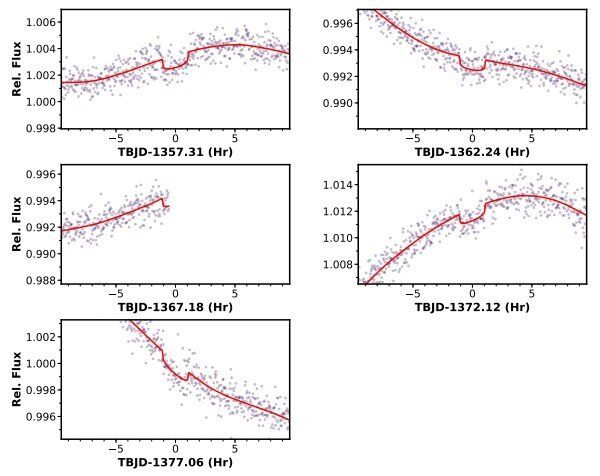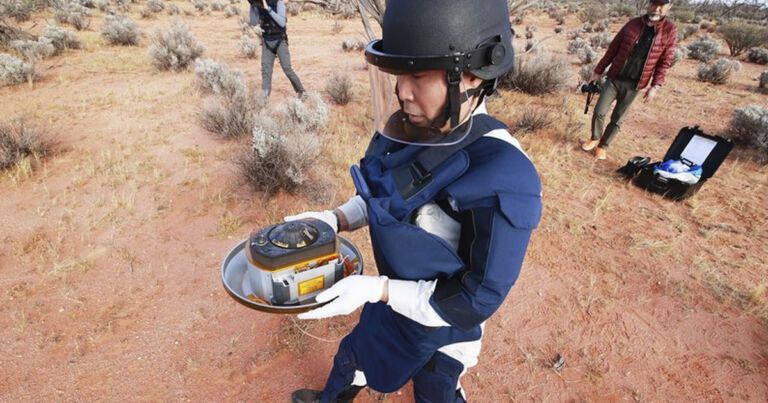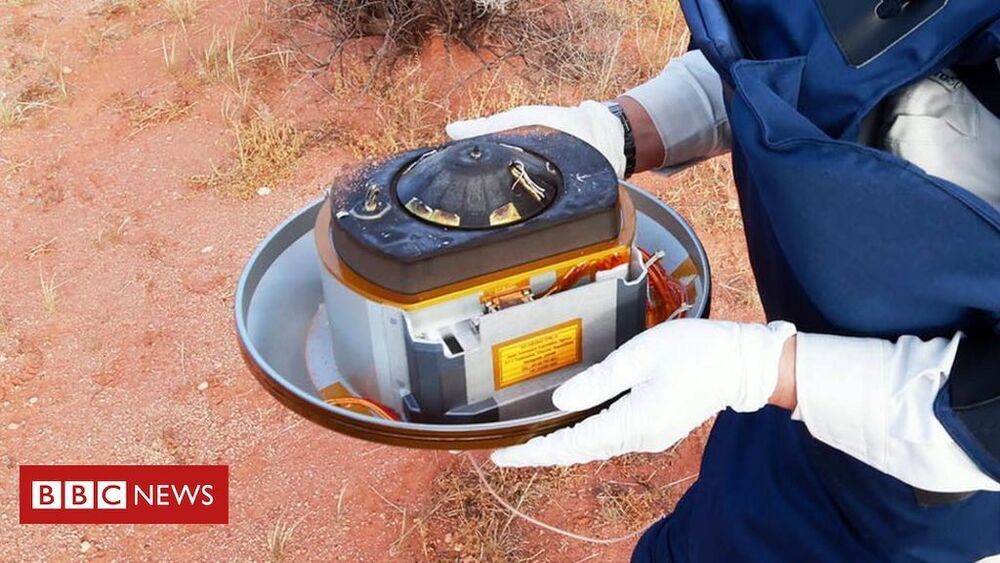Chang’e-5 lunar lander flag system. Credit: CCTV.



Imagine an algorithm that reviews thousands of financial transactions every second and flags the fraudulent ones. This is something that has become possible thanks to advances in artificial intelligence in recent years, and it is a very attractive value proposition for banks that are flooded with huge amounts of daily transactions and a growing challenge of fighting financial crime, money laundering, financing of terrorism, and corruption.
The benefits of artificial intelligence, however, are not completely free. Companies that use AI to detect and prevent crime also deal with new challenges, such as algorithmic bias, a problem that happens when an AI algorithm causes systemic disadvantage for a group of a specific gender, ethnicity, or religion. In past years, algorithmic bias that hasn’t been well-controlled has damaged the reputation of the companies using it. It’s incredibly important to always be alert to the existence of such bias.
For instance, in 2019, the algorithm running Apple’s credit card was found to be biased against women, which caused a PR backlash against the company. In 2018, Amazon had to shut down an AI-powered hiring tool that also showed bias against women.
I didn’t realize there were so many 3rd-party genetic analysis services. If you’ve already done something like 23andMe have you tried uploading your raw DNA data to one of these other websites?
Note: This piece on genetic analysis is the third in our series of posts about DNA tests for health and longevity. To better understand the basics of DNA and the different types of DNA tests on the market please go back and read our first piece on The Benefits of Genetic Testing for Longevity, and for an in-depth comparison of DNA testing companies please read the second piece on the Best DNA Tests for Health and Longevity.
Affiliate Disclaimer: Longevity Advice is reader-supported. When you buy using links on our site, we may earn commissions.
Imagine, for a moment, that time travel is real.

Using NASA’s Transiting Exoplanet Survey Satellite (TESS), astronomers have discovered two new young planetary systems. They found that two stars not older than 320 million years, namely TOI-251 and TOI-942, are orbited by a mini-Neptune planet and two Neptune-sized exoplanets. The finding is reported in a paper published November 26 on arXiv.org.
TESS is conducting a survey of about 200,000 of the brightest stars near the sun with the aim of searching for transiting exoplanets. So far, it has identified over 2,400 candidate exoplanets (TESS Objects of Interest, or TOI), of which 82 have been confirmed so far.
Recently, a team of astronomers led by George Zhou of the Harvard-Smithsonian Center for Astrophysics (CfA) in Cambridge, Massachusetts, confirmed another three planets. Between August and December 2018, TESS observed two stars: TIC 224225541 (TOI-251) and TIC 146520535 (TOI-942), which resulted in the detection of transit signals in the light curves of these objects. The planetary nature of these signals was confirmed by follow-up photometric and spectroscopic observations using ground-based facilities.

MIT grad student Chiara Salemi and Professor Lindley Winslow use the ABRACADABRA instrument to reveal insights into dark matter.
On the first floor of MIT’s Laboratory for Nuclear Science hangs an instrument called “A Broadband/Resonant Approach to Cosmic Axion Detection with an Amplifying B-field Ring Apparatus,” or ABRACADABRA for short. As the name states, ABRACADABRA’s goal is to detect axions, a hypothetical particle that may be the primary constituent of dark matter, the unseen and as-of-yet unexplained material that makes up the bulk of the universe.
The three-wheeled, two-person vehicle is curvy and lightweight.
Aptera, the company that shuttered in 2011 after failing to secure funding for its three-wheeled electric car, is back with a new solar electric vehicle it claims never needs charging, at least, for most drivers. And it predicts its top model, with a battery of 100 kWh, can get up to 1,000 miles of range.
The new three-wheeled, two-person (or two adults plus pet, as its specs suggest) vehicle has a solar roof array that can provide up to 45 miles of range per day, so if you have that top model and add the charge from the solar panels while it’s parked, then the 1,000 range seems … possible. Although, as Car and Driver points out, the vehicle doesn’t run just on solar power while driving.
“With Aptera’s Never Charge technology, you are driven by the power of the sun. Our built-in solar array keeps your battery pack topped off and anywhere you want to go, you just go,” Aptera co-founder Chris Anthony said in a press release. “Never Charge is built into every Aptera and is designed to harvest enough sunlight to travel over 11,000 miles per year in most regions.”

A team of researchers led by members of the Kavli Institute for the Physics and Mathematics of the Universe (Kavli IPMU) has analyzed previously collected data to infer the true nature of a compact object—found to be a rotating magnetar, a type of neutron star with an extremely strong magnetic field—orbiting within LS 5039, the brightest gamma-ray binary system in the Galaxy.
Including former graduate student Hiroki Yoneda, Senior Scientist Kazuo Makishima and Principal Investigator Tadayuki Takahashi at the Kavli IMPU, the team also suggest that the particle acceleration process known to occur within LS 5039 is caused by interactions between the dense stellar winds of its primary massive star, and ultra-strong magnetic fields of the rotating magnetar.
Gamma-ray binaries are a system of massive, high-energy stars and compact stars. They were discovered only recently, in 2004, when observations of very-high-energy gamma-rays in the teraelectronvolt (TeV) band from large enough regions of the sky became possible. When viewed with visible light, gamma-ray binaries appear as bright bluish-white stars, and are indistinguishable from any other binary system hosting a massive star. However, when observed with X-rays and gamma-rays, their properties are dramatically different from those of other binaries. In these energy bands, ordinary binary systems are completely invisible, but gamma-ray binaries produce intense non-thermal emission, and their intensity appears to increase and decrease according to their orbital periods of several days to several years.


Steve Wozniak’s blockchain venture Efforce has listed its cryptocurrency token on the HBTC exchange.
What Happened: Efforce listed the token under the symbol WOZX on Dec. 3. It reached “$950M in the first 13 minutes, 10 times the listing price,” according to a company press release.
The company says investors have given it a valuation of $80 million valuation in private sales.
